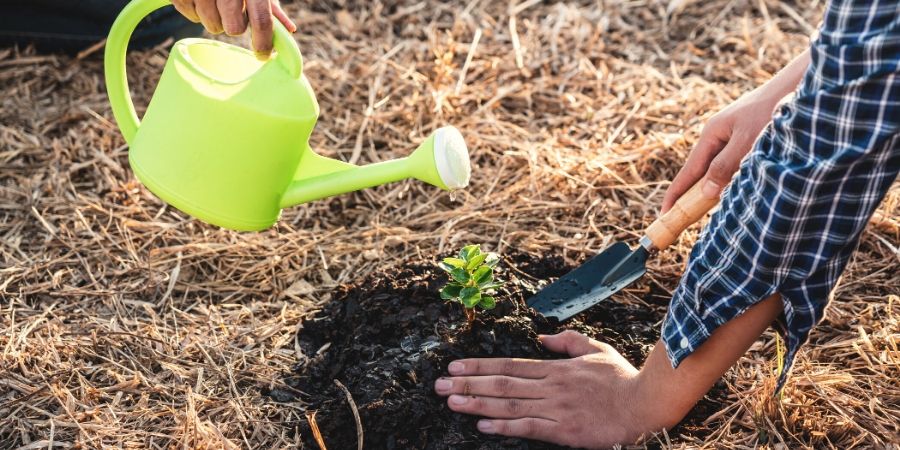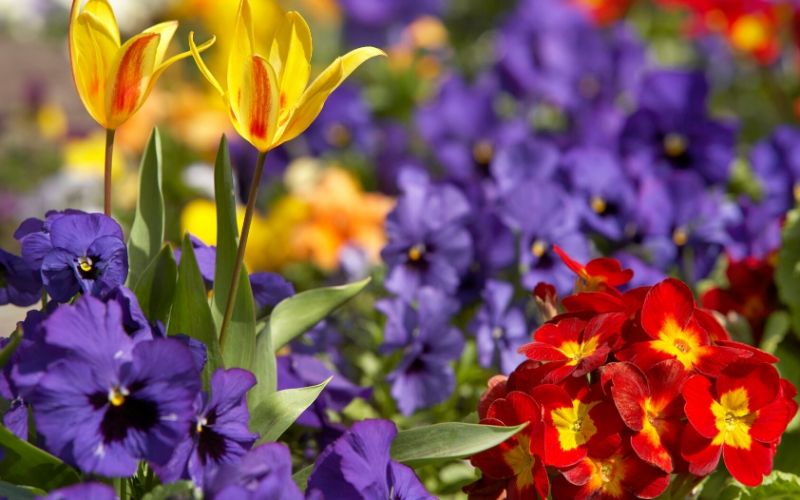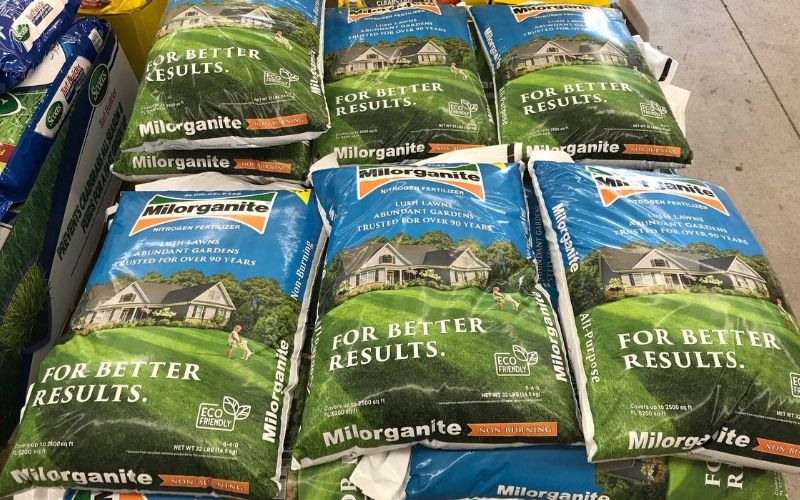Tree and Shrub Care
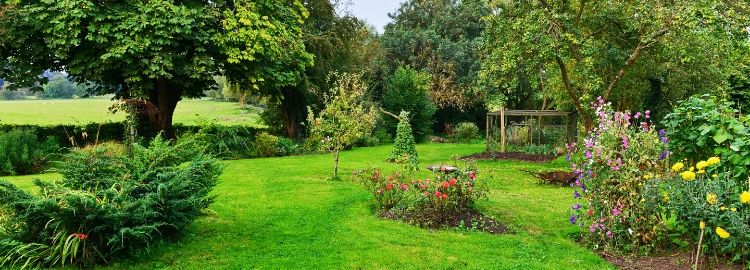
Healthy, mature trees and shrubs are aesthetic and functional and can be a valuable asset that increases your property value. They can create a focal point in your yard, as well as reduce energy costs by helping to shade your house during the summer heat. When it’s time to move, mature trees in well-landscaped yards may not only increase your home’s value by 7–19%, but they may also help to sell your home more quickly.
Tend to the assets growing in your yard with proper planting, pruning while they’re dormant, and fertilizing as needed.
Do Your Trees and Shrubs Need Fertilizer?
Trees and shrubs surrounded by a lawn regularly fertilized will need little or no fertilization. They’ll get their nourishment when you fertilize the lawn. Those grown in planting beds or landscaped areas with no lawn may need to be fertilized, especially in sandy soils, which have little or no organic matter. Spring and fall are the best times to fertilize trees, shrubs, and palm trees.
The best way to determine whether your trees and shrubs need a nutritional boost is to have your soil tested. Your local county horticulture extension office will likely offer this service. If soil testing isn’t an option, look for indicators that your trees and shrubs may need to be fertilized: leaves that are pale-colored, smaller than normal, or dropping at odd times of the year, or twigs and branches that are dead or show stunted growth.
Milorganite® is Ideal for Trees and Shrubs
Milorganite's non-burning formula slowly releases nutrients to feed your trees and shrubs for up to 10 weeks, which is especially important for young specimens. Milorganite contains what’s needed: nitrogen for leaf, root, and shoot growth; phosphorus to help set buds and flowers; potassium to improve overall plant vigor and disease resistance; and, organic matter to enrich the soil.
Fertilizing New or Transplanted Trees and Shrubs
You’re bound to find conflicting information as to whether you should or shouldn’t fertilize new or transplanted trees and shrubs. Recommendations range from fertilizing immediately to waiting until the tree or shrub is well established. All the recommendations generally suggest having your soil tested first to determine whether any nutrients are needed at all. There are benefits to both methods. Here are our tried-and-true recommendations.
Milorganite has successfully been used for decades when planting and transplanting trees and shrubs. It’s a low-nitrogen, slow-release, non-burning fertilizer. Nutrients are released slowly so trees and shrubs aren’t forced to quickly produce new growth, which can stress plants. You don’t run the risk of burning new, tender roots, which is possible when using synthetic fertilizers. (You’ve seen the results of burning on brown-striped lawns—hopefully not yours.)
How to Plant Trees and Shrubs
The cooler months of fall are, by far, the best time to plant trees and shrubs. They can focus their energy on establishing roots during the winter months in preparation for their first growing season in your yard next summer. Joe Lamp'l shares his recommendations for successfully planting new trees and shrubs—from preparing the hole for planting to proper mulching and watering.
A Few Tips for Pruning Trees and Shrubs
Many homeowners are daunted by the thought of having to prune the trees and shrubs in their yards. The many advantages of pruning should outweigh the fears.
Pruning trees and shrubs help control the size and shape, removes dead or diseased branches and limbs, and stimulates new growth and flowering, among other benefits.
Here are a few essential tips for pruning. Joe Lamp’l has more pruning tips and a how-to video for additional suggestions.
- A good rule of thumb is to never remove more than 1/3 of the length of a branch at a time. Although some shrubs can handle a hard prune, you can’t go wrong with this rule.
- For plants with opposite buds (two buds directly across from each other), one straight cut about ½” above the buds will produce two branches and an opportunity for more blooms. For plants with alternating buds (not across from each other), make an angle cut ½” above a leaf bud that’s growing at about a 45° angle from the stem pointing upward. This encourages upward rather than lateral growth.
- Don’t give your trees and shrubs a mixed message. The best time to prune is in early spring, just before you see new growth. The least favorable time to prune is mid- to late-fall. Trees and shrubs are getting ready for winter dormancy, and pruning will instead encourage new growth, causing plant confusion.
- Flowering shrubs that bloom on current-season growth should be pruned in late winter. Those that bloom on old growth—last year’s growth—should be pruned after they’re finished blooming and before new buds are set.
Tree and Shrub Articles
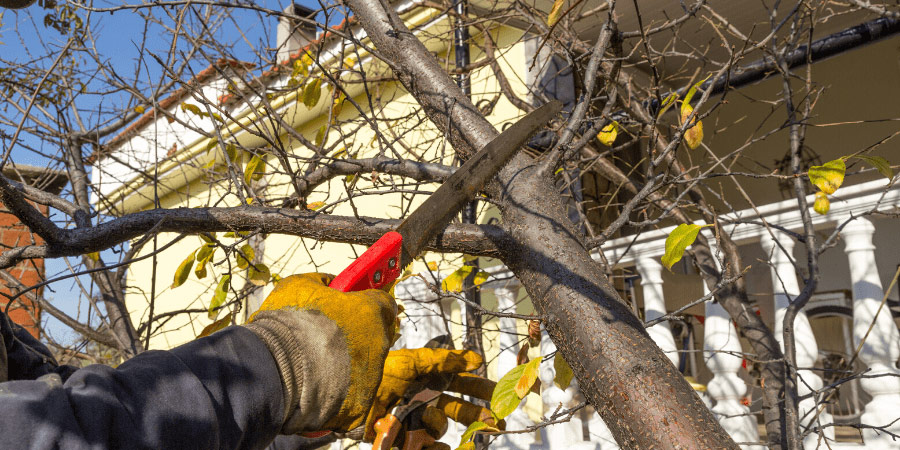
How to Prune Dormant Trees and Shrubs
by Joe Lamp'l
Gardening Expert and Host of Growing a Greener World®
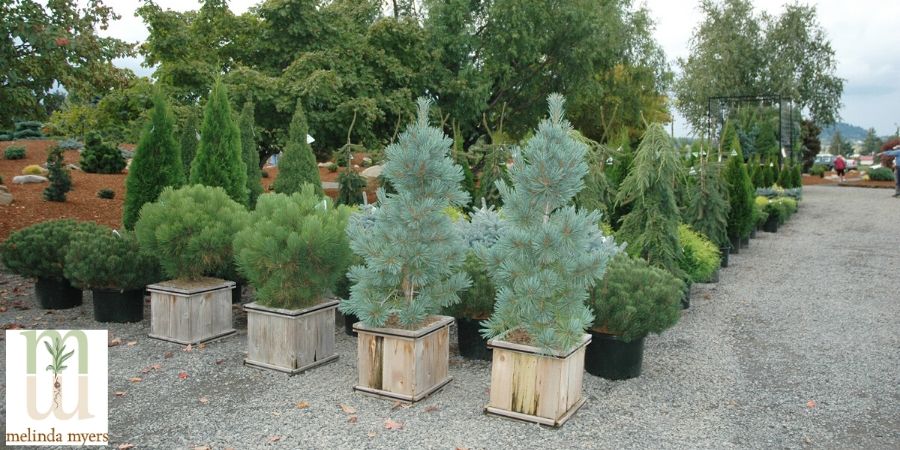
Do’s & Don’ts for Trees and Shrub Planting and Maintenance
by Melinda Myers
horticulturist and gardening expert
Tree and Shrub Videos
Related Garden Tips

Fruit and Vegetable Application Rates
Learn how much Milorganite to apply to your fruits and vegetables.
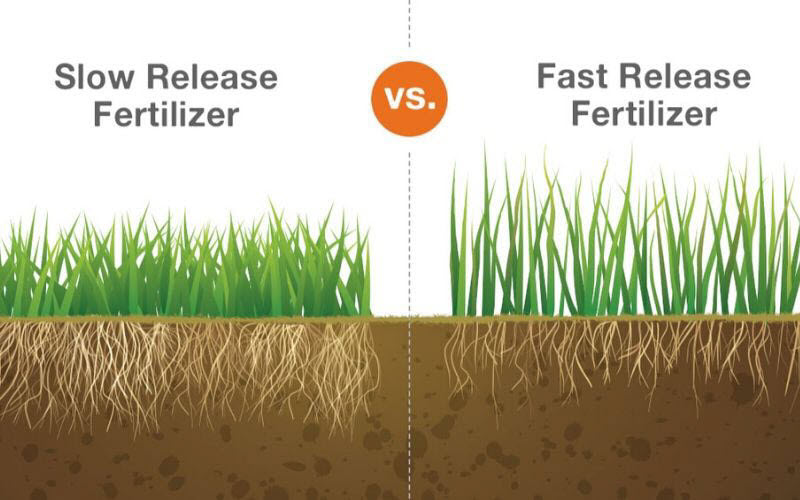
Organic vs. Synthetic Fertilizer
Learn the differences and benefits of organic and synthetic fertilizers.

